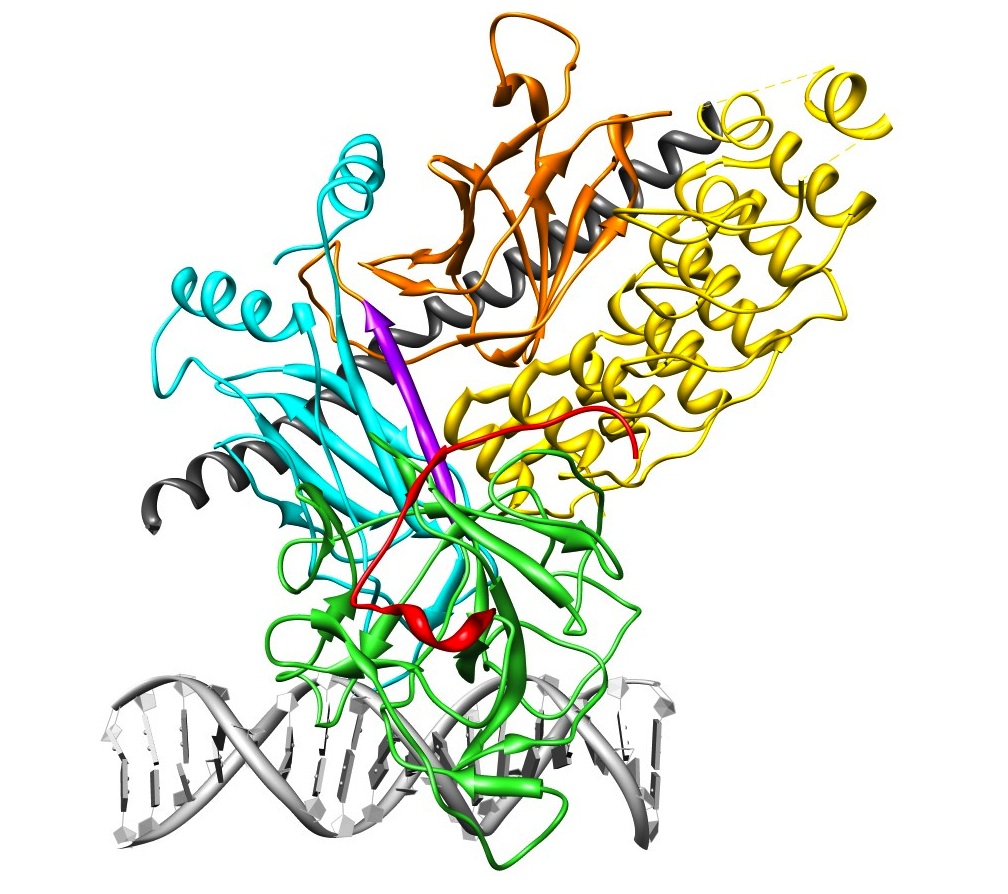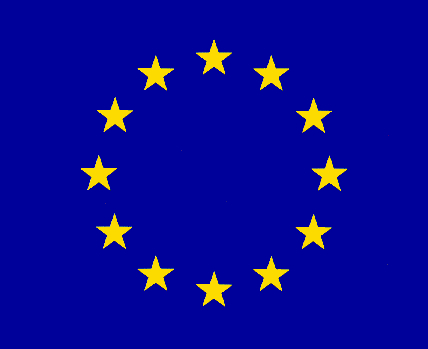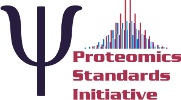
Introduction
Cells must continuously monitor and integrate the variety of signals they perceive in order to generate appropriate responses. This requires reliable and robust signal transduction, which is mediated by an intricate and interlinked network of pathways and processes that are tightly regulated. Assembly of the dynamic macromolecular complexes that modulate these pathways often depends on multiple transient, low-affinity interactions that are context-dependent, highly cooperative and easily tuneable. Such cooperative interactions include any set of molecular binding events, including covalent post-translational modifications, that influence each other either positively or negatively through allostery or pre-assembly. They provide the dynamic plasticity that is required for proper cell signalling and underlie the ability of proteins to act as switchable regulatory modules that can integrate multiple input signals, robustly and reliably transmit information, and rapidly generate appropriate responses (Figure 1) (Whitty, 2008) (Fenton, 2008) (Gibson, 2009) (Van Roey et al., 2012).
Despite the importance of cooperative interactions in molecular biology, formalisms that can adequately capture and represent such interactions are currently lacking. At present, molecular interactions can be represented as independent binary to n-ary interactions using the PSI-MI XML data interchange format, the current standard data representation format for molecular interactions (Kerrien et al., 2007). However, the current PSI-MI2.5.4 XML schema can be used to describe cooperativity that occurs between molecular interactions, without making any structural changes to the schema. To this end, new terms were added to the PSI-MI controlled vocabulary. These terms are mainly interaction attribute names and children thereof and can be used to annotate different aspects of cooperativity in the interaction attribute list of a PSI-MI2.5.4 XML file.
This website provides a solution to represent cooperative interaction data using the currently available standards for molecular interactions. The strategy to use the current PSI-MI standard to capture cooperative interactions is explained in detail, as well as the new terms that were added to the PSI-MI controlled vocabulary to this end. Phosphorylation of Cdc6 by the Cyclin A-Cdk2 complex is used as an example to illustrate the mechanisms underlying cooperativity between molecular interactions, emphasise the current lack and need for a computer-readable data representation format for cooperative interaction data, and demonstrate how such data can be represented using the PSI-MI format and newly defined controlled vocabulary terms. Finally, to promote unambiguous reporting of cooperative interaction data, we propose the Minimal Information About Cooperative Interactions (MIACIs) guideline.




